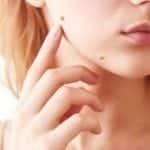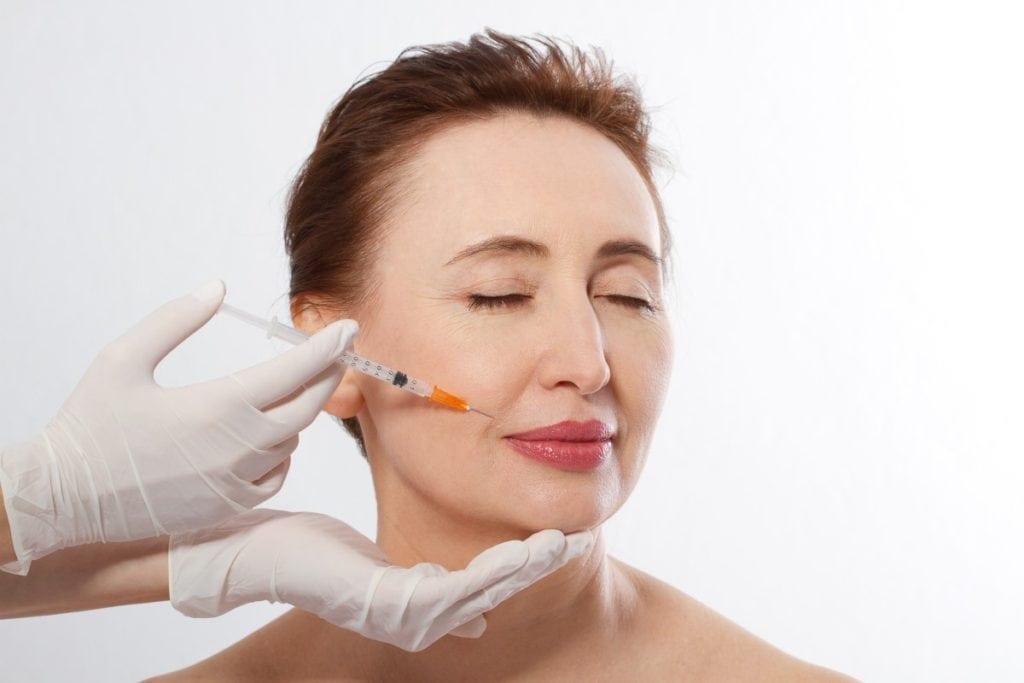

Time is undefeated. Thus far, humans have found no way to slow down the aging process, but scientists have developed a number of methods to treat the dreaded combination of growing older and succumbing to gravity’s pull — especially on the face. Facial fillers and Botox treatments both have the potential to rejuvenate skin, but they each use different methods and processes.
What is the difference between facial fillers and Botox?
A facial filler adds volume to the face, while Botox softens the appearance of wrinkles. Both provide a more youthful appearance.
The facial fillers we use most often contain hyaluronic acid, a substance that our bodies produce on their own. Hyaluronic acid draws water into the skin, keeping skin hydrated and supple and providing volume.
Fillers are also meant to treat the lines and wrinkles that occur when the face is at rest. We refer to these pesky areas as static wrinkles.
Unfortunately, fillers are gradually reabsorbed by the body, so treatments must be repeated at regular intervals.
Botox and its sisters (Daxxify, Jeuveau, Dysport, and Xeomin) are neuromodulators that stop the nervous system from allowing certain muscles to contract; these repetitive contractions result in wrinkles when the face moves. When it’s injected, it blocks a receptor at the end of the nerves, which stops muscles from contracting and forces wrinkles to soften.
Botox is used routinely on the face to treat crow’s feet and frown lines between the eyebrows and around the mouth. Repeated injections can help improve the appearance of lines permanently, because the face is “retrained” to stop using those muscles as forcefully.
Where are fillers best used on the face?
Fillers can be used to replace lost volume in the cheeks, under the eyes, in the lips, on the chin, and on the forehead. Depending on the type of treatment you and your doctor decide on, the substance is injected into the area, plumping up the skin and “filling” it in.
Some fillers are injected deep into the dermis. By contrast, a newer treatment of hydrofilling adds hyaluronic acid to the top layer of the skin, which helps give the skin a slight swell, increasing its pliability, response to light, and texture.
Facial fillers and Botox can be used together to target dark circles under the eye.
Don’t get fillers or Botox without an expert by your side
Inexperienced practitioners might promise you the moon but deliver results that are, shall we say, less than ideal – think frozen foreheads or puffy lips. Board-certified dermatologists understand facial structure and how to achieve a natural, refreshed look.
If you’d like to discuss how facial fillers and Botox can improve your appearance and achieve the desired results, make an appointment today. We will walk through all your options and create a plan that will have your friends saying, “Wow – you look amazing!”
Posted In: FAQ
Related Posts
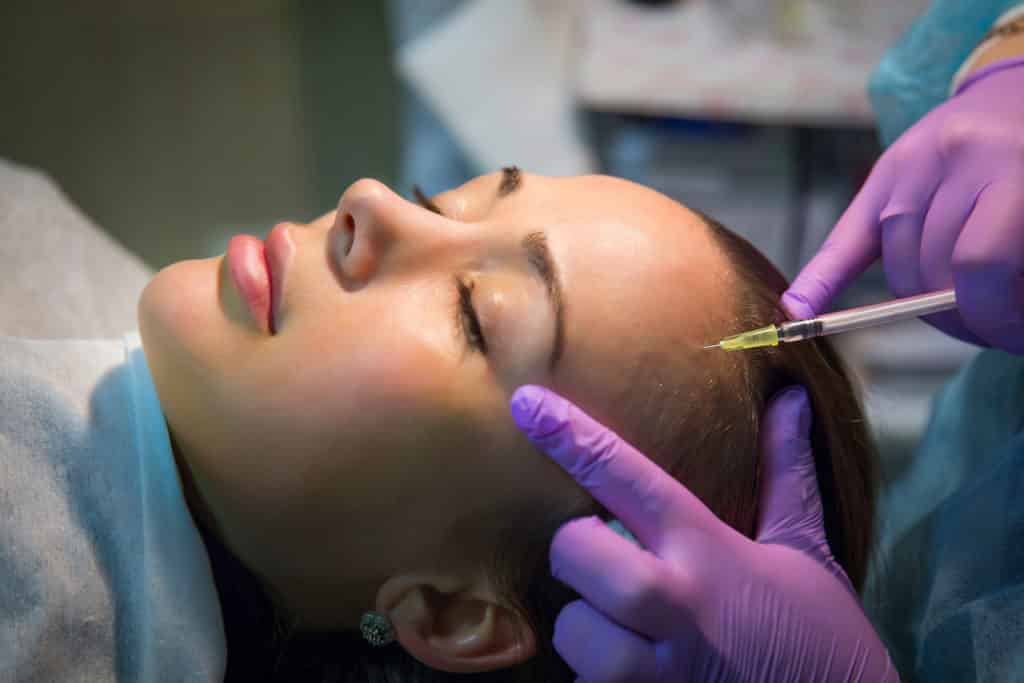
February 28, 2019
The Five Most Common Questions About Botox
Botox has become a familiar, household name for anyone who cares for their skin. In fact, it is often the first treatmen...
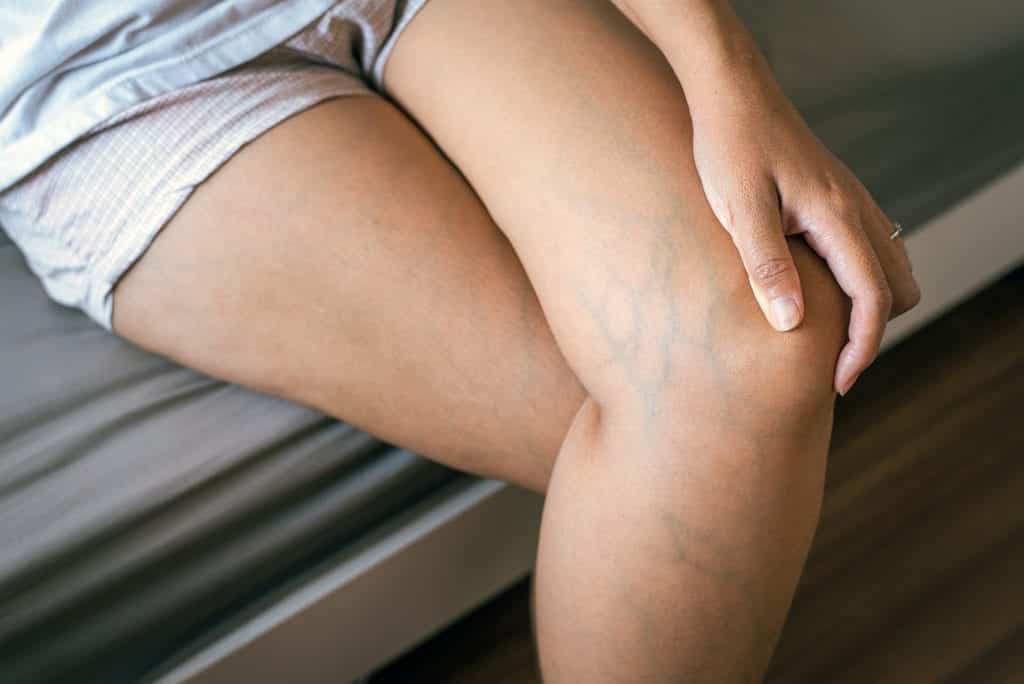
December 4, 2018
Sclerotherapy Treatment for Spider Veins: Everything You Need to Know
Sclerotherapy treatment for spider veins is an effective option for this unattractive condition. Spider veins are damage...
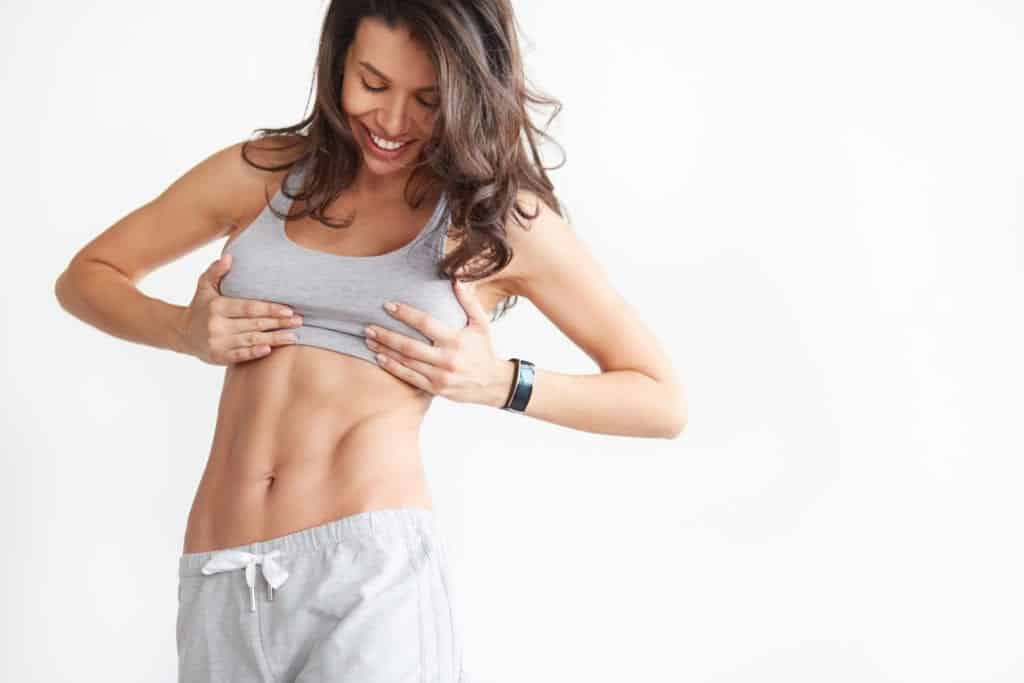
October 15, 2018
The Difference Between CoolSculpting versus Emsculpt
There are endless articles about CoolSculpting versus Emsculpt and which is better. They are two types of body contourin...
